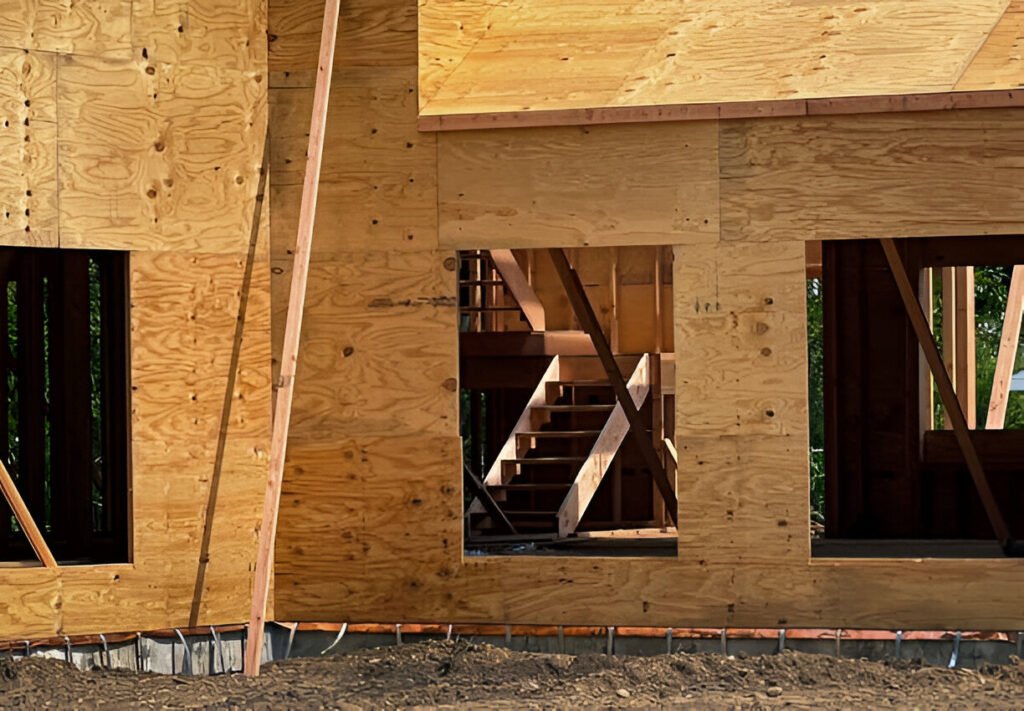Designing and installing custom windows and doors requires thoughtful planning, precise framing, and the right tools to ensure a perfect fit. Whether you’re working on new construction or upgrading an existing home, taking time to frame for custom windows and doors can elevate your home’s aesthetic and energy efficiency. Proper planning not only avoids costly errors but also adds value and unique character to your space.
Benefits of Custom Windows and Doors
Custom windows and doors are more than just architectural elements—they significantly impact the style, functionality, and even energy efficiency of a home. Unlike standard options, custom designs allow homeowners to select the exact dimensions, shapes, and materials that best suit their style and needs. From enhancing natural light flow to improving ventilation and curb appeal, investing in custom windows and doors is a strategic choice for homeowners looking for a tailored design solution. But to achieve these benefits, it’s essential to frame for custom installations properly, ensuring durability and precision.
Preparing to Frame for Custom Windows and Doors
Before jumping into the framing process, preparation is key. Start by measuring the space accurately, allowing room for any adjustments and insulation. The framing should provide a stable structure that can handle the weight of the custom windows and doors while aligning with the overall design.
It’s also essential to understand any building codes and guidelines specific to your area. For example, house framing contractors LA are familiar with local regulations that can influence window and door framing, especially for areas with seismic considerations. Always consult a professional or local building authority if you’re unsure about code requirements.
Essential Tools and Materials
Framing for custom installations requires a set of essential tools and materials. Make sure you have the following on hand before starting:
- Measuring tape and level for accurate placement
- Framing square to ensure right angles
- Circular saw or miter saw to cut framing materials
- Framing nails or screws for strong joints
- Weather-resistant materials for areas exposed to moisture
- Insulation and flashing to seal any gaps for energy efficiency
With the right tools and materials, you’ll be well-prepared to construct a frame that meets both functional and aesthetic needs. As the project progresses, keep these tools handy to check the alignment and stability of the frame for custom installations.
Steps to Frame for Custom Windows and Doors
The framing process for custom windows and doors differs from standard frames due to unique size and shape requirements. Follow these steps for a precise, sturdy frame:
Determine Rough Opening Dimensions
The first step is to measure the dimensions for the rough opening. A rough opening is the space that houses the window or door frame. To ensure stability and ease of installation, it should be slightly larger than the final window or door size. Typically, add ½ inch to both the width and height measurements of the custom window or door.
Construct the Frame
Constructing the frame involves placing the king studs, header, and sill plate. The king studs run along the sides of the opening, while the header and sill plate support the top and bottom, respectively.
- King studs: These vertical framing members anchor the frame and provide support.
- Header: Positioned at the top of the frame, headers distribute weight evenly, essential for wider or heavier custom windows.
- Sill plate: Located at the base of the window or door, it must be perfectly level to ensure smooth installation.
With these parts in place, you’ll have the basic frame for custom installations, designed to support the unique weight and dimensions of your custom windows and doors.
Add Cripple Studs for Extra Support
Cripple studs, placed beneath the sill and above the header, add extra stability. These short, vertical studs prevent the frame from sagging over time. For larger windows or doors, adding cripple studs is crucial to maintain structural integrity.
Ensure Square and Level Alignment
A critical aspect of framing for custom windows and doors is achieving a square and level frame. Use a level and framing square to check the alignment regularly as you build. Even slight misalignments can result in difficult installations and poor insulation. Ensuring square and level alignment will lead to better energy efficiency and a snug, seamless fit for the windows and doors.
Install Insulation and Flashing
Custom windows and doors require airtight insulation around the frame to improve energy efficiency and prevent drafts. Once the frame is complete, install flashing around the edges. Flashing, typically made of water-resistant material, helps to seal the frame and protect against moisture. This step is essential in preventing potential water damage and prolonging the life of the installation.
Finishing Touches
After framing, it’s time to install the custom windows and doors. Slide each window or door into the framed opening and ensure it fits snugly. Shim around the edges if necessary to eliminate gaps and ensure a proper fit. Then, secure the installation with screws or nails as recommended by the manufacturer. Finally, add trim or molding around the edges to complete the look and enhance the aesthetic appeal.
Energy Efficiency Considerations
Framing for custom windows and doors provides an excellent opportunity to improve your home’s energy efficiency. By using insulated framing materials and sealing any gaps with foam or caulk, you can reduce heat loss in the winter and minimize cooling costs in the summer. Additionally, high-quality weather stripping around doors can make a noticeable difference in energy savings.
For those interested in complementary methods to enhance their home environment and wellness, incorporating Reiki Healing Online sessions can be an excellent addition to a home-centered lifestyle. With energy-efficient upgrades and wellness-focused choices, your home becomes a sanctuary designed for comfort and balance.
Working with Professionals
For a complex project like framing custom windows and doors, partnering with skilled professionals can make a significant difference. Hiring house framing contractors in LA or other local professionals with experience in custom framing ensures the job is completed accurately, following all local codes and safety standards. Professionals also bring expert knowledge of different framing techniques and can handle unforeseen challenges effectively, saving time and money in the long run.
Maintaining and Updating Your Custom Frames
Once your custom windows and doors are in place, maintenance is essential for preserving their appearance and function. Regularly inspect frames for any signs of wear or damage, particularly if they’re exposed to weather conditions. Re-seal edges periodically to maintain airtight insulation and prevent water intrusion. Maintaining your frames will extend the life of your custom windows and doors, providing continued comfort, energy efficiency, and beauty to your home.
Creating a frame for custom windows and doors is a rewarding project that combines creativity with functionality. By investing in proper planning, quality materials, and careful construction, you can transform your home with beautiful, durable, and energy-efficient installations. Whether you’re upgrading a single room or embarking on a full home renovation, framing for custom windows and doors is a valuable way to enhance your home’s unique character and efficiency.




